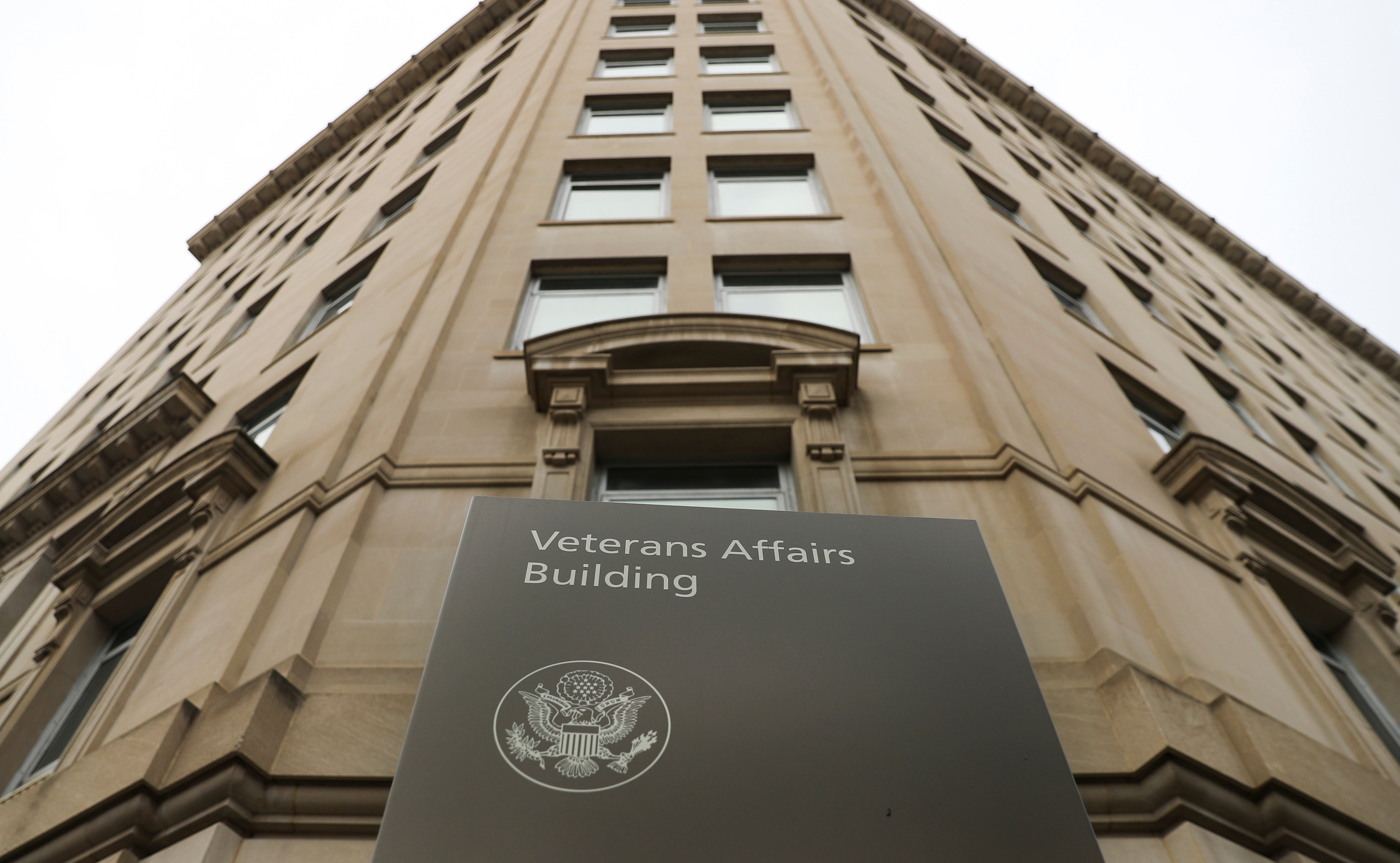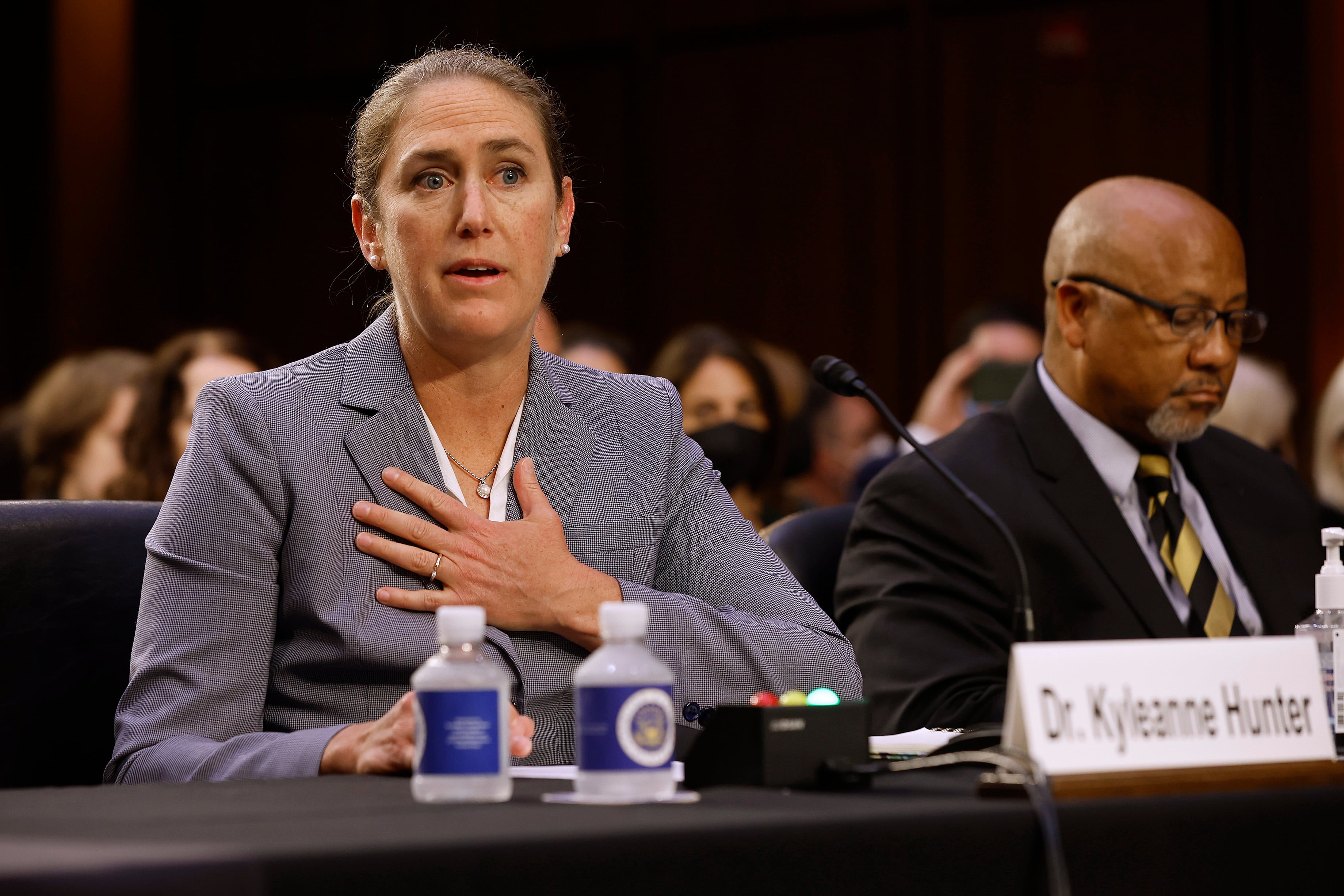The Army wants soldiers who thrive in chaos and can build rapport, said leaders and experts on a panel looking at "The Human Dimension" at the AUSA convention Wednesday.
"Today we expect every fighting man and woman to be a master ... there is a lot more in the rucksack of men and women on the battlefield," said Lt. Gen. Robert Brown, commander of the Army Combined Arms Center, the lead speaker on the panel. "Squad leaders operate in a much different world."
"We are optimizing human performance so we get the most out of every individual, now more than ever," Brown said, as the environment in which soldiers operate grows more complex. He cited Russia, the Islamic State and other potential or actual threats.
Others on the panel were Lt. Gen. Patricia Horoho, Army surgeon general; Brad Carson, undersecretary of the Army; Maj. Gen. Eric Wendt, commander of the Army John F. Kennedy Special Warfare Center and School; Michelle Sams, director of the Army Research Institute for the Behavioral and Social Sciences, and Ori Brafman, coauthor of "The Starfish and the Spider" and "Sway."
The session was one of the Institute of Land Warfare Contemporary Military Forums at the AUSA convention.
A sample of other concepts from the wide-ranging discussion:
■ The Army is losing its technical advantage in terms of global developments, Brown said. "We hope to keep it. ... Now you can buy unmanned aerial systems on the Internet. Now it's not just a matter of soldiers being able to shoot and kill. Now it's down to the private to decide "Do I use force or not." Brown said, "That's difficult."
■ The human dimension is a priority at the Army's centers of excellence, with task forces established to look at that area across the Army.
■ Some of the key focus areas are physical supremacy, leader development, institutional agility, managing the talent of the Army's people and identifying strengths and weaknesses during their careers.
■ "The fog of war is now too much information," Brown said. Another key area is to establish cognitive dominance: preparing soldiers to think in a complex situation, increasing rigor of their education in the Army system, finding strengths and weaknesses.
■ The Army is looking at making sure soldiers have "healthy brains," said Lt. Gen. Patricia Horoho, the Army surgeon general. She gave an example of a Ranger who apparently had hearing loss, but tests showed his hearing was perfect. What appeared to be hearing loss was actually hypervigilance — his developed tendency to tune out some noise when he realizes his environment is safe.
The Army is working with industry to understand what happens with soldiers in combat, and how to take care of them. "It's unknown how powerful we can be when we have a healthy brain," she said.
■ The Army can be more resilient as an organization if it looks more like a starfish, said Brafman, the author. If an arm is cut off, the starfish can regenerate it, without needing a centralized brain, he said.
He said Army Gen. Martin Dempsey, chairman of the Joint Chiefs of Staff, called on him to talk about how to make the Army more effective. Brafman suggests networks — shaped something like a starfish — with nodes that are linked to other nodes.
"From the view of the enemy, how do you attack? What we can do is teach leaders to create these networks and manage these networks within the Army that work for the good," he said. "The Army is a fantastic bed for starfish."





